On Wednesday, the Landmarks Preservation Commission consolidated its collection of historic artifacts and launched the NYC Archaeological Repository at the Nan A. Rothschild Research Center in Midtown.
Prior to this, the LPC’s archaeological collections were stored at 14 sites throughout the city. Having determined they needed a single climate-controlled space, they collection was moved to space donated by the Durst Organization at 114 West 47th Street. The 1,439-square-foot space contains 1,518 boxes with over one million artifacts from dozens of sites in the five boroughs.
Among those items is a 19th-century sugar mold, which still smells of molasses. There are old coffee beans that had been burnt, which means they were probably unusable inventory. There are also wine bottles from as far back as 1630, a perfume bottle from 1893 (with liquid still inside), more perfume bottles dating back to as early as 1830, a cream jar from the mid-19th century, a hair tonic bottle from the 19th century, wine bottles from as far back as 1630, old oyster shells, and a serving dish, tea bowls, and saucers from China. There is even a toy teacup that LPC urban archaeologist Jessica MacLean says is probably from the 1940s, but could have been produced as early as 1900.
And that’s just what was on display for the press and invited guests on Wednesday. Far more is in those 1,518 boxes. All of it will be documented on the newly-launched archaeological repository website, which will also include about 100,000 historic images being scanned by data management firm Iron Mountain.
“New York City is the first municipality to systematically collect, catalog, curate and make accessible the City’s archaeological resources. The everyday objects in the collection reveal what life was like for people who were not documented in the historic record,” said LPC Chair Meenakshi Srinivasan in a statement, which noted that an 8,000-year-old hunter’s point is part of the collection. “Now researchers may come and study these artifacts at the repository and anyone anywhere may access them through our new website.”
Dr. Nan A. Rothschild is a professor emerita of anthropology at Barnard College and currently on the faculty at Columbia University, and has directed many archaeological excavations in New York City, including the Stadt Huys at what is now 85 Broad Street. She said the repository shows off the practices of collection, preservation, research, and exhibition.
Her favorite artifact is a 1,000-year-old dog burial found in College Point, Queens. Dogs were believed to be “spirit guardians” for the dead, Rothschild said. She also loved how this kind of research shows us that the dominant fish eaten in New York has changed. The Dutch and English ate a lot of sheepshead, but that species does not live around here anymore. She also pointed to the transition from hand-painted pottery to pattern transfer.
Amanda Sutphin, the LPC’s director of archaeology, said her favorite item displayed Wednesday is a wine bottle seal from Gov. Benjamin Fletcher. It was found in South Ferry and dates back to the 17th century. Fletcher was a bit controversial, as he encouraged piracy.
Helena Durst said the repository shows the Durst Organization’s commitment to both history and the built environment. Their own archives are in the area as well.
As for Iron Mountain, their participation is part of the company’s “Living Legacy” program, in which they “help museums and other nonprofit institutions protect and provide access to cultural and heritage information.”
Subscribe to the YIMBY newsletter for weekly updates on New York’s top projects
Subscribe to YIMBY’s daily e-mail
Follow YIMBYgram for real-time photo updates
Like YIMBY on Facebook
Follow YIMBY’s Twitter for the latest in YIMBYnews

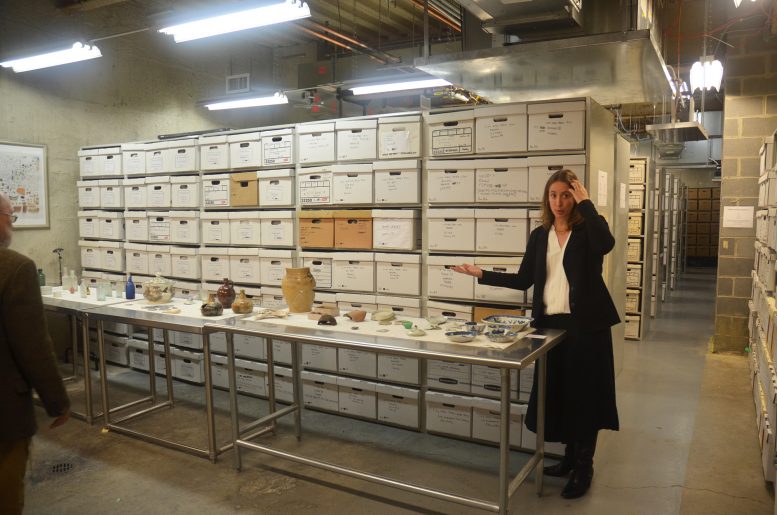
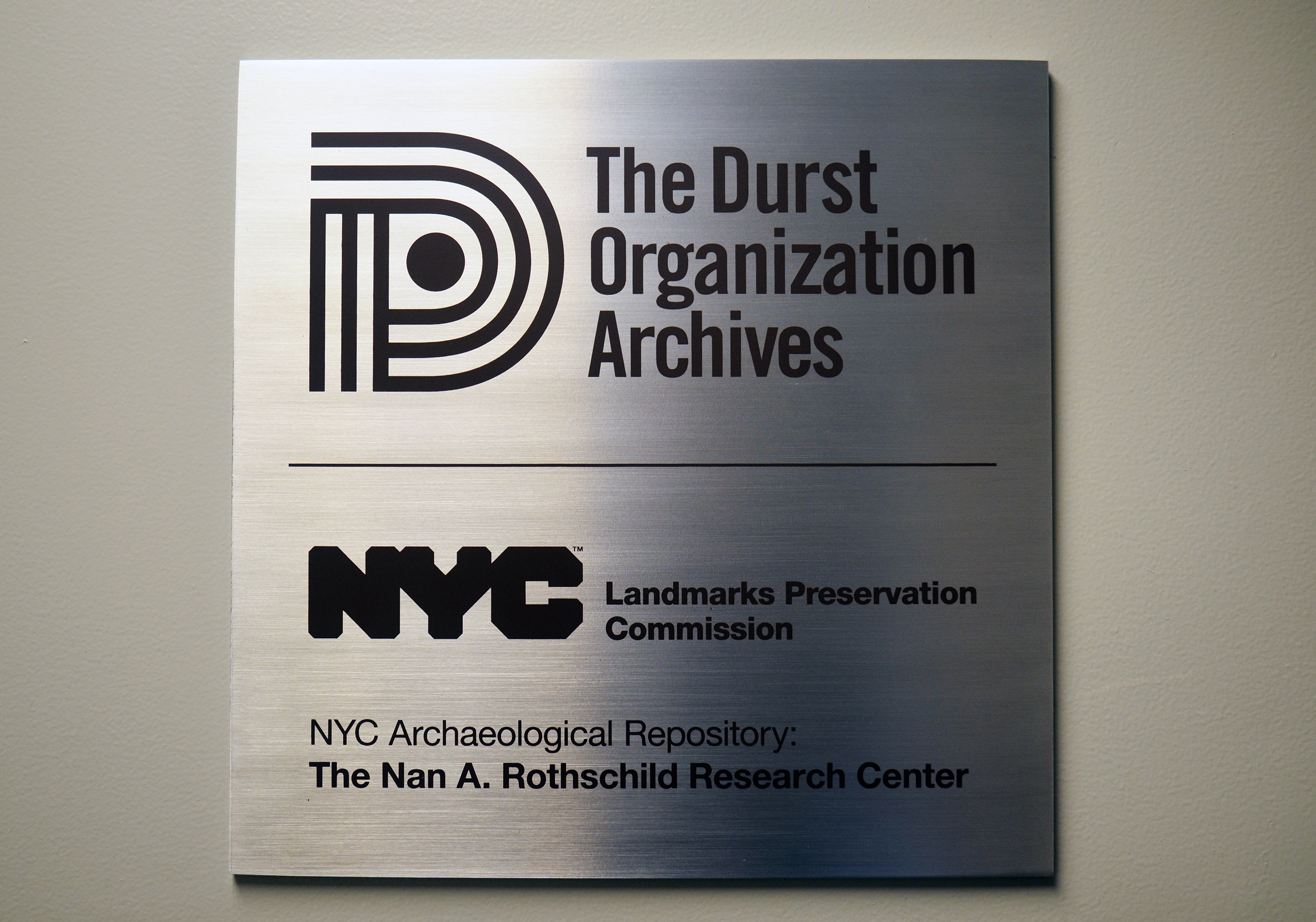
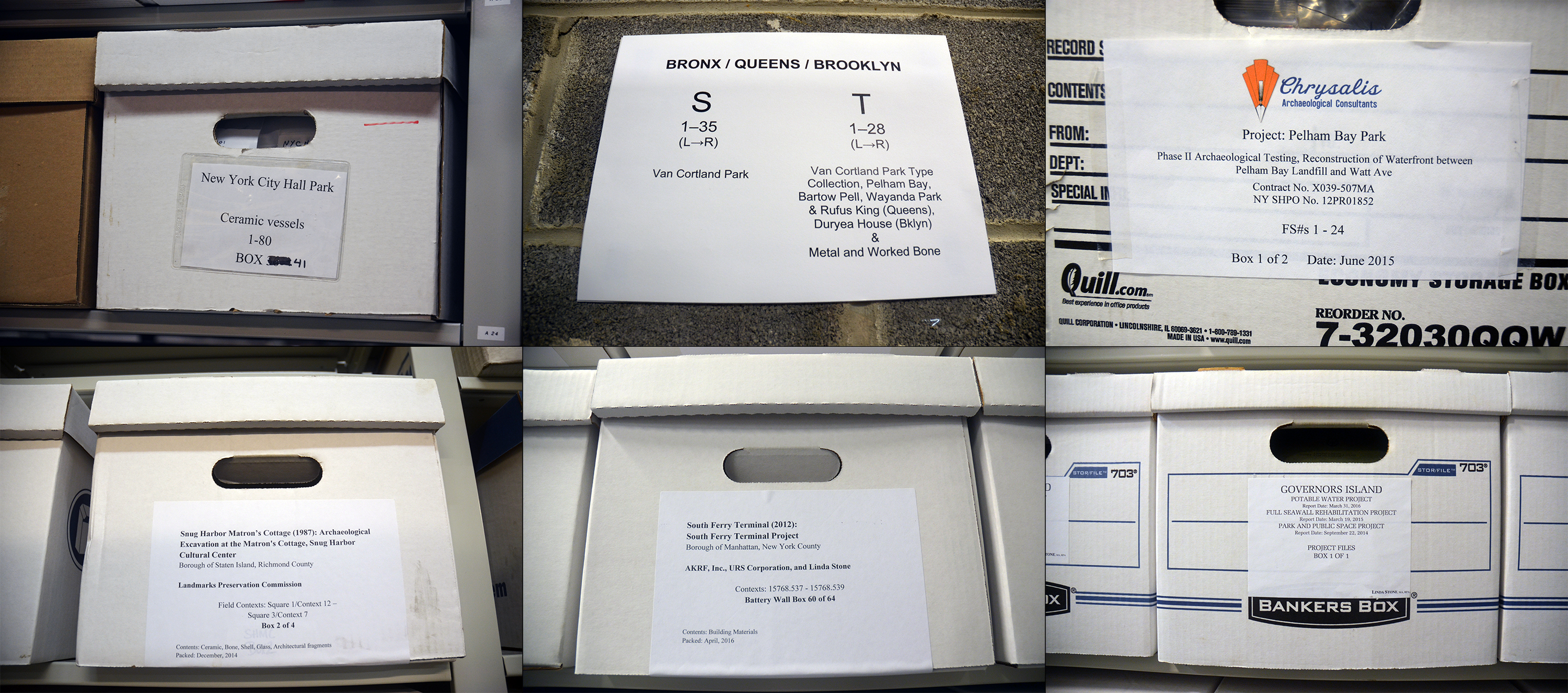

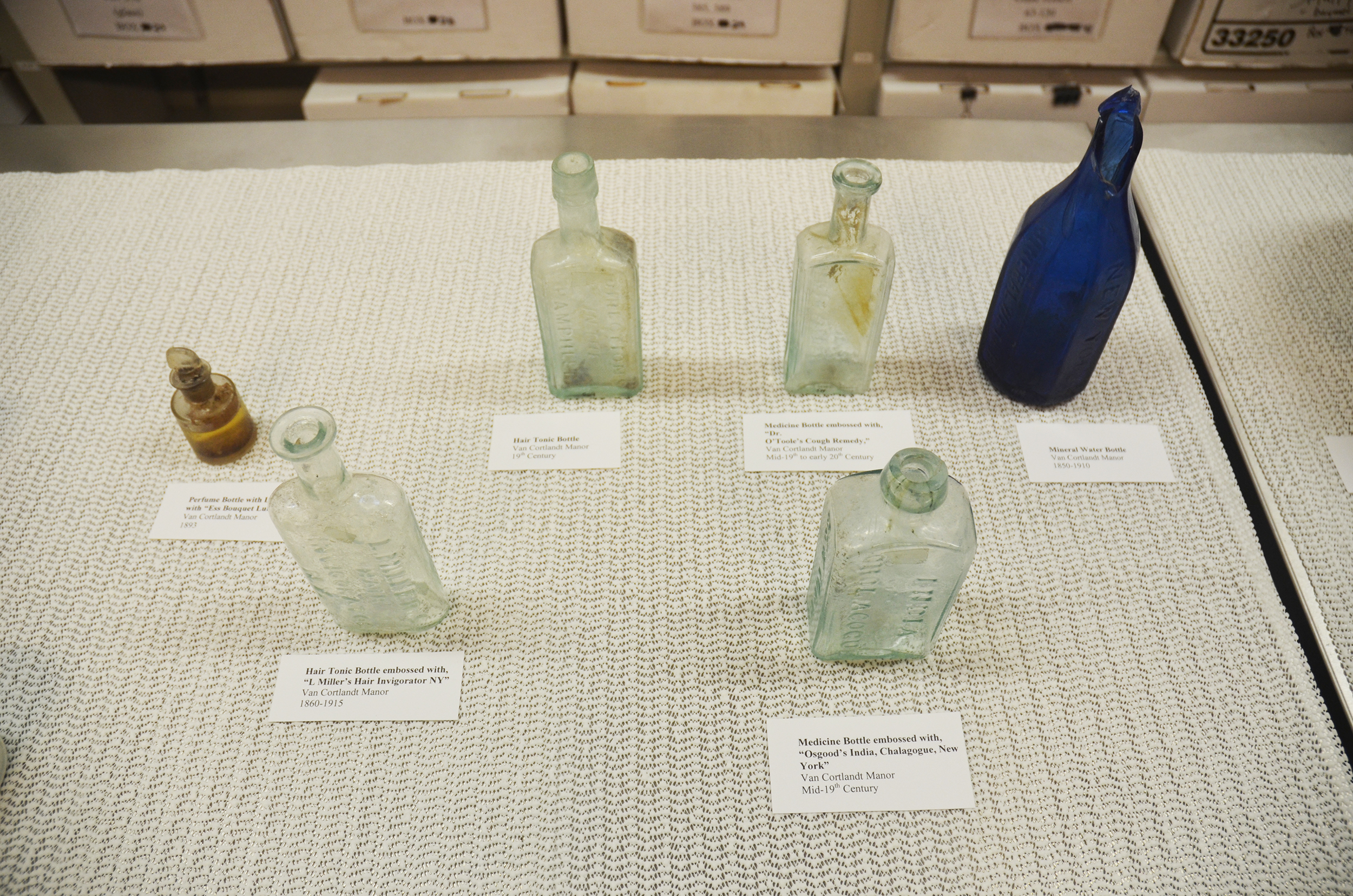
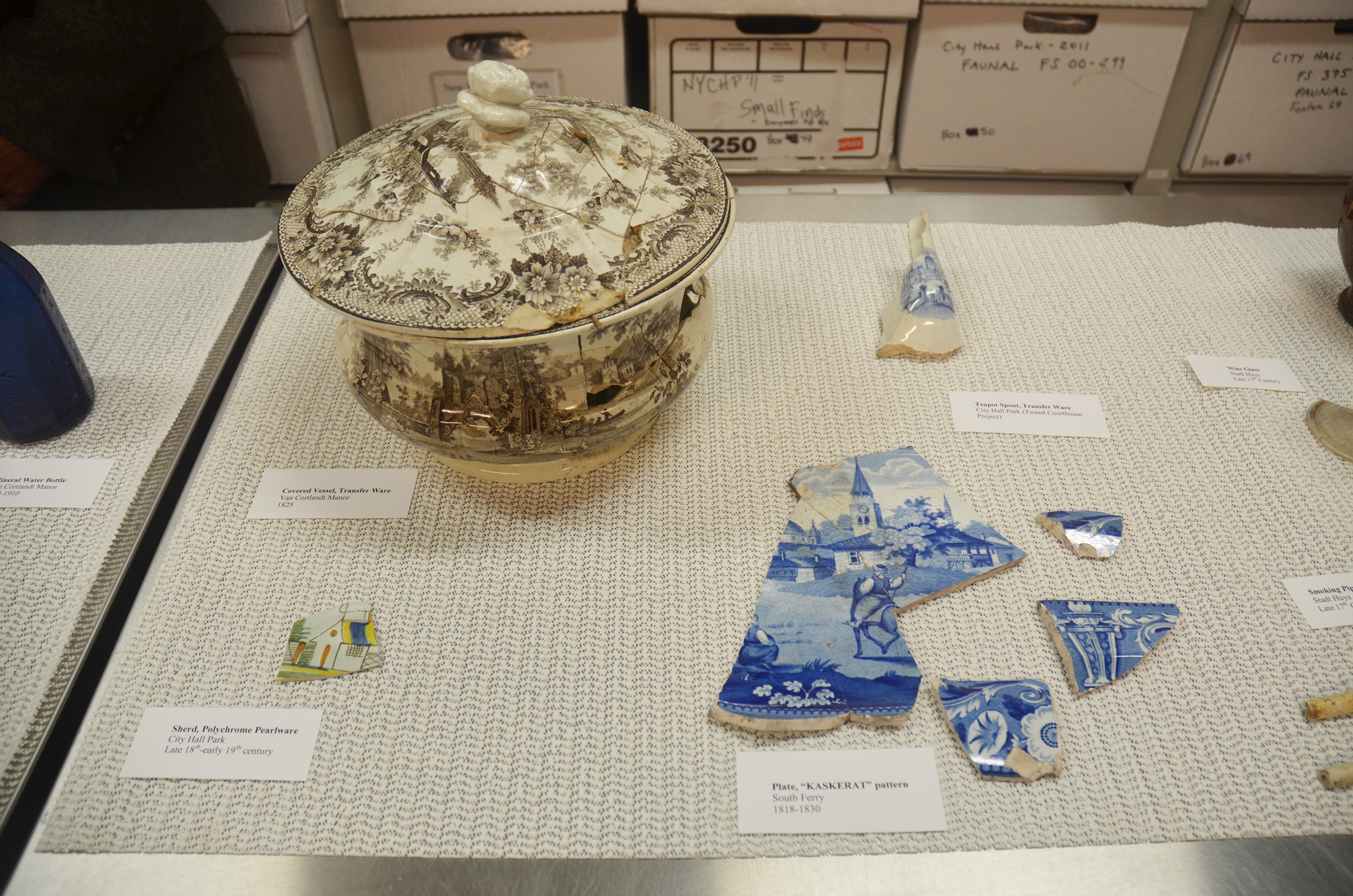
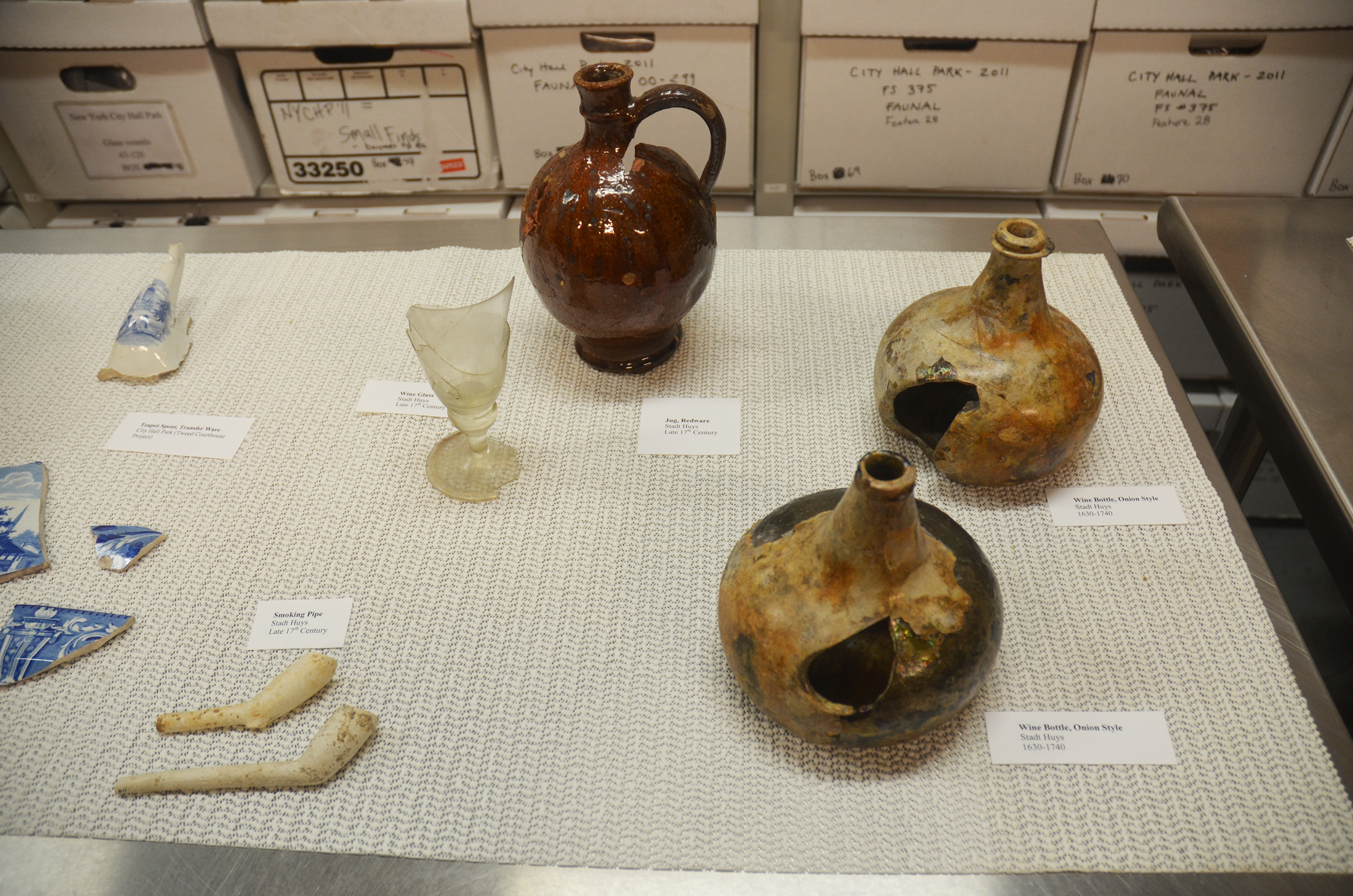
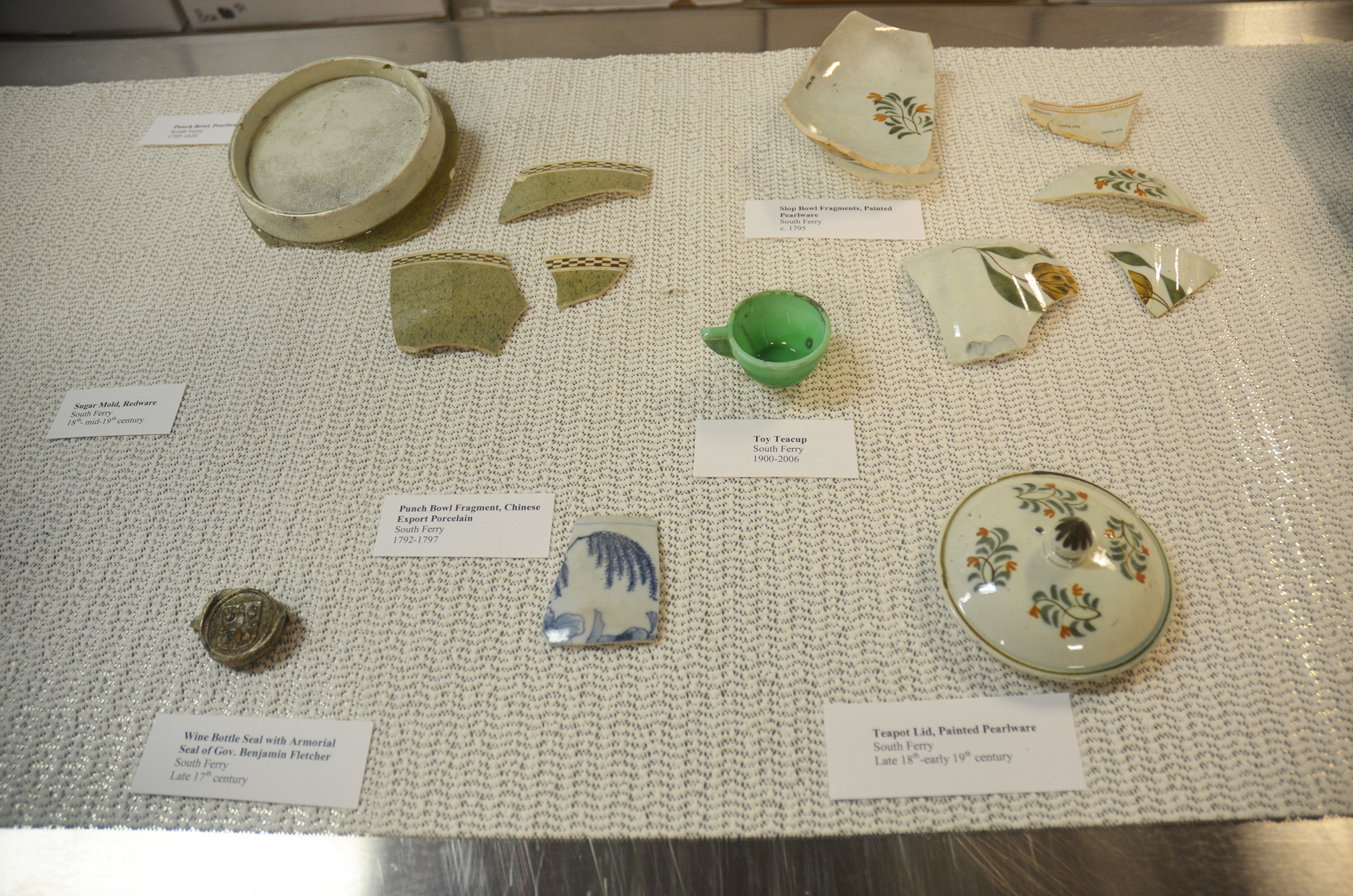
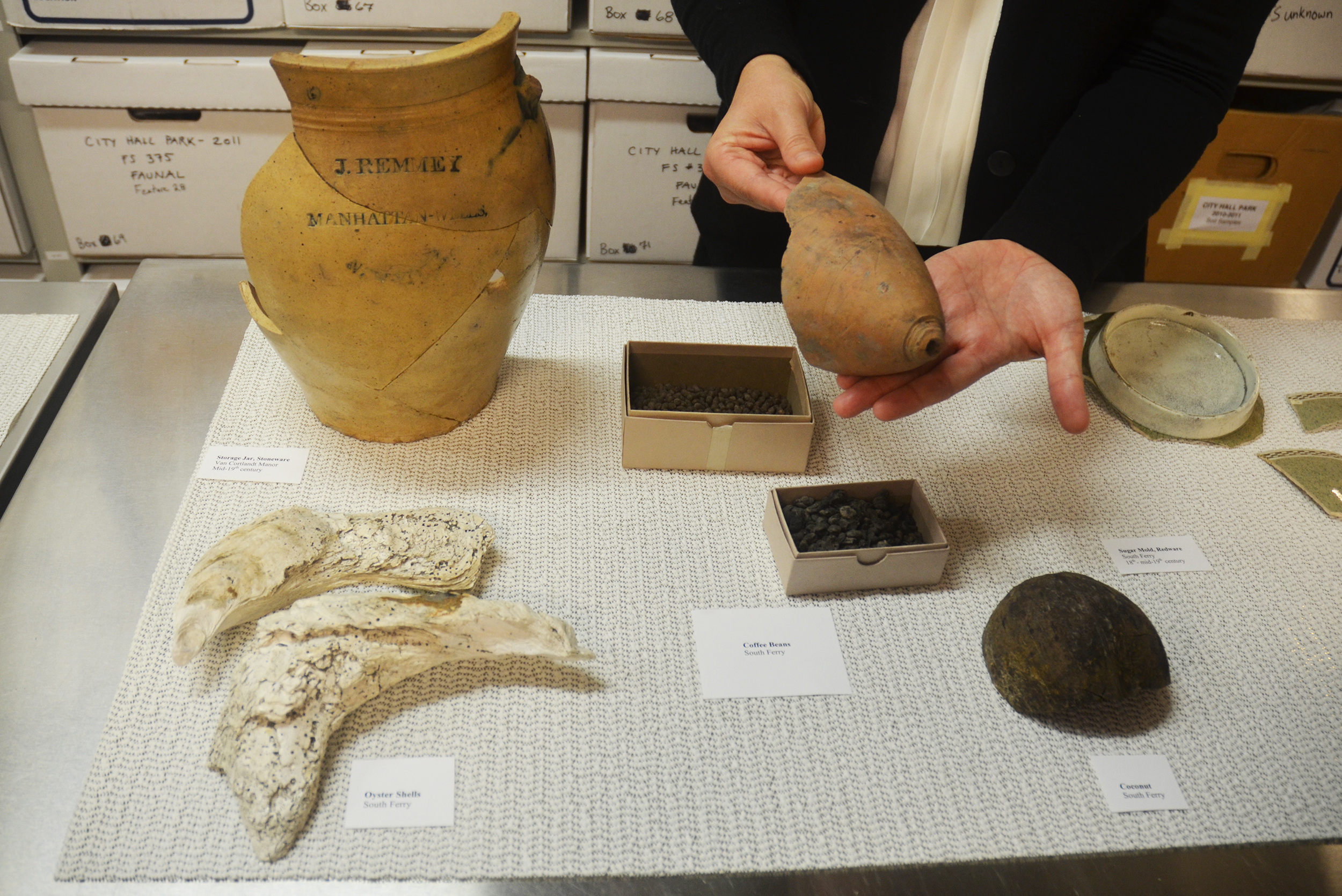

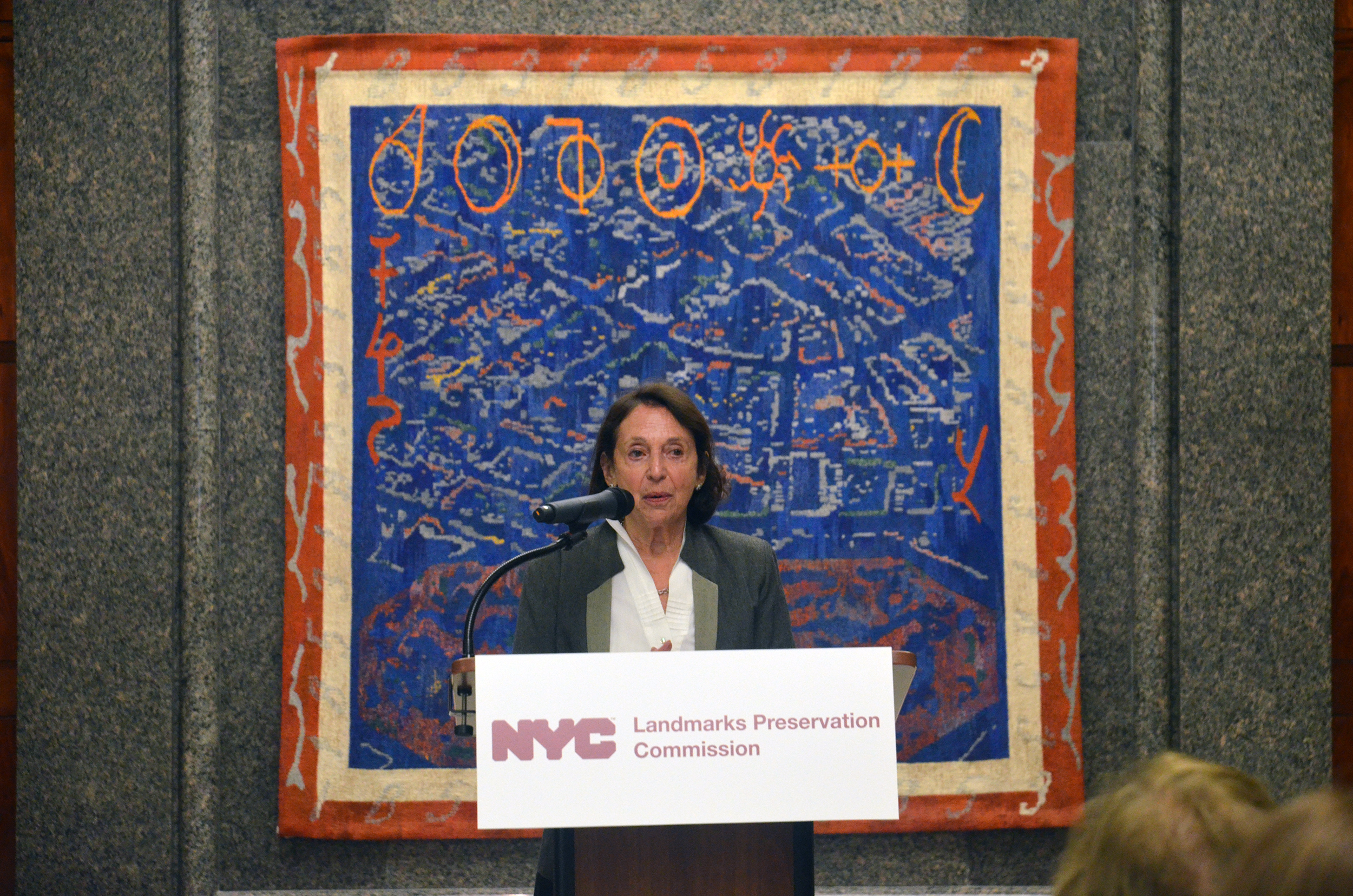
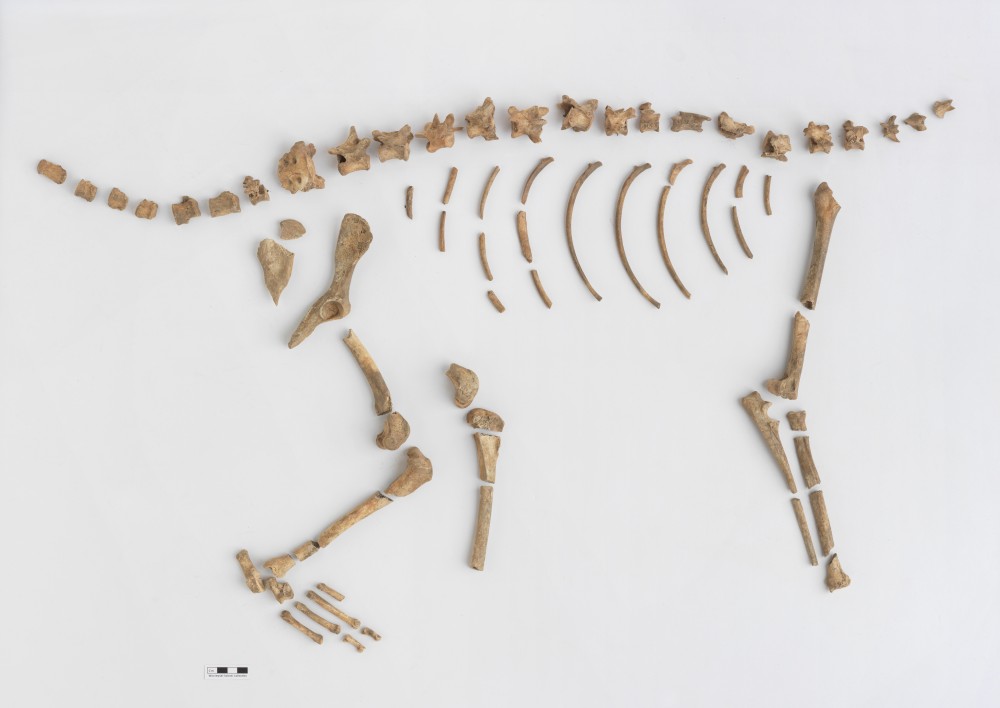
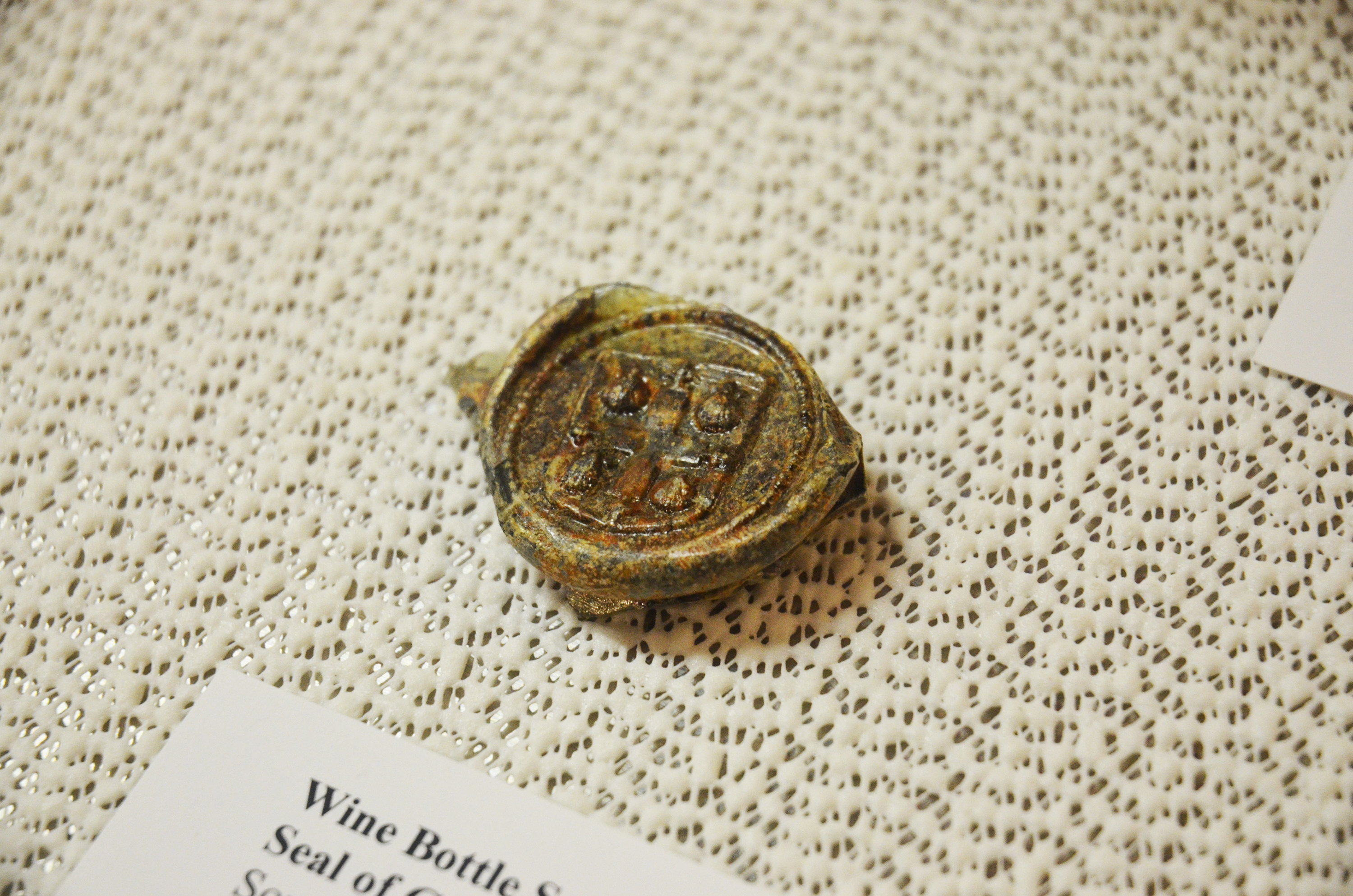


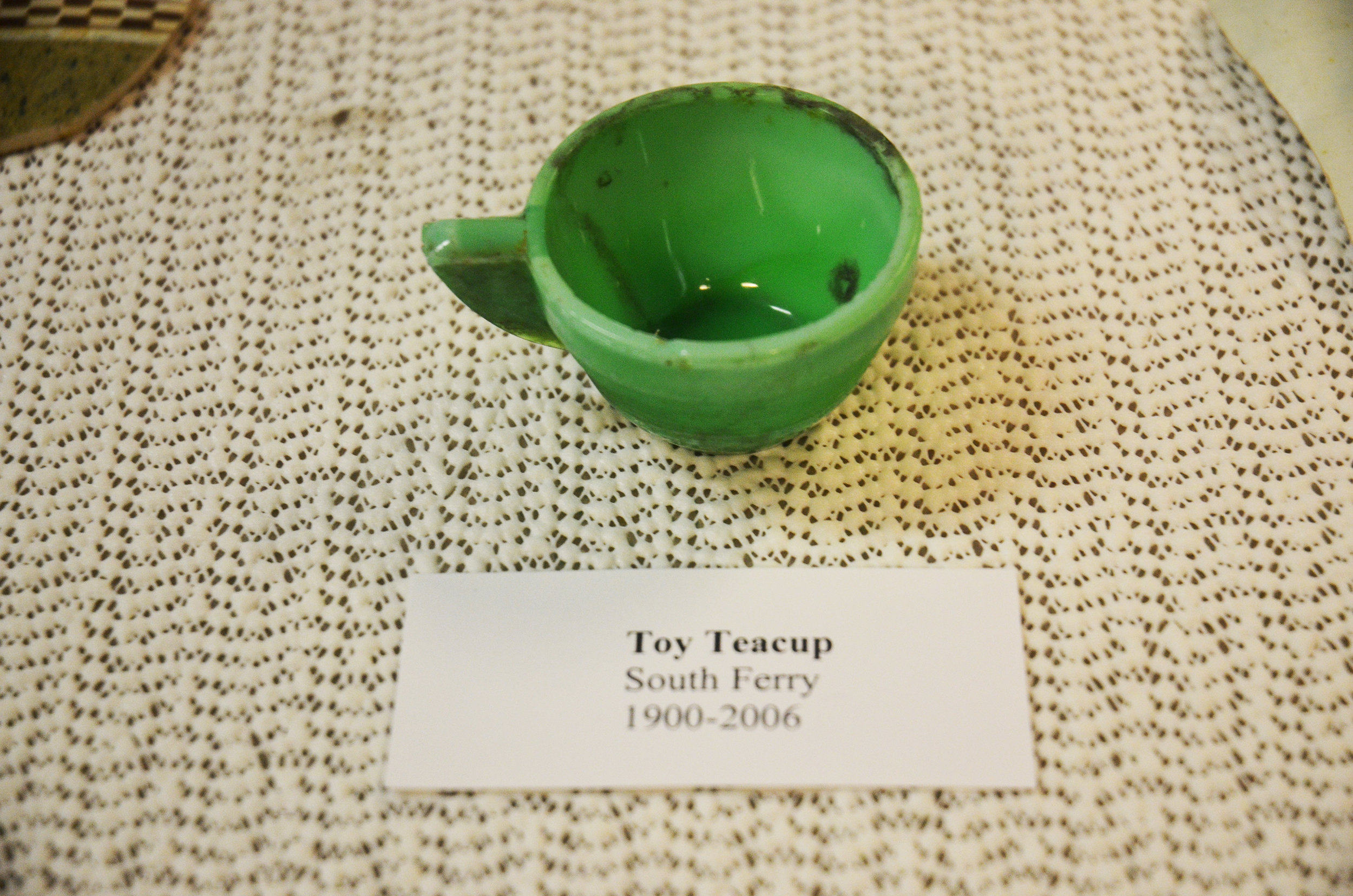





Thanks for photos of evidences in the past, I’m excited to see all which I was not born on that era.
This is very exciting news! I’ve been wondering where most of these artifacts have gone especially those discovered in the Financial District area.